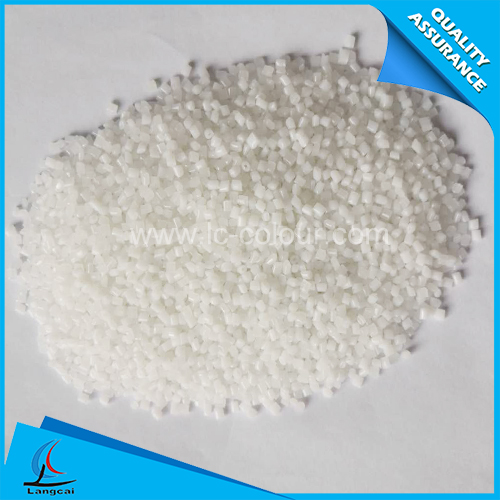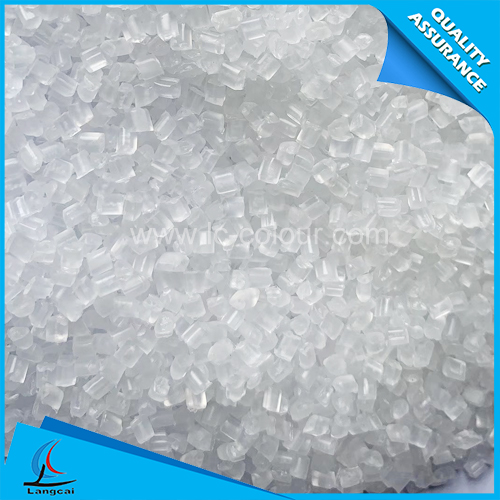- Nonwoven Fabrics
- Tailor Made Masterbatch
- Plastic Masterbatch
- Chemical Fiber Masterbatch
- Functional Masterbatch
- Machinery
- Spunbond PP Nonwoven Masterbatch
- Mono Color Masterbatch
- Liquid Color Masterbatch
- Non-woven Masterbatch
- Polyester Fiber Masterbatch
- Nylon Fiber Masterbatch
- Polypropylene Fiber Masterbatch
- Lab Nonwoven Machine
- Lab BCF Machine
- Dryer
- Filler Masterbatch
- How can the refined cotton industry navigate through the trade fog between China and Japan
- Why choose Mono Color Masterbatches? Three major advantages highlight value!
- The "Symbiotic code" between domestic and overseas markets
- The application advantages of Plastic Masterbatches are remarkable!
- How will the "balanced development of imports and exports" be promoted during the "15th Five-Year Plan" period?
- Why choose Mono Color Masterbatches?
- Phone:00836 - +86-535-8484358
- Email:wendy@ytlc-colour.com
- Address:DALAN INDUSTRIAL PARK, ZHANGXING TOWN, ZHAOYUAN CITY, SHANDONG, CHINA
Compared with the complex masterbatch, single masterbatch granulation process is relatively simple masterbatch, mainly in the following four ways:
(1) Ink method: As the name implies, the production method of ink color paste is adopted in the production of masterbatch, that is, the surface of the pigment is coated with a low-molecular protective layer by three-roller grinding. The ground fine paste is mixed with the carrier resin and then plasticized by a two roll mill (also called a two roll mill) and finally pelletized by a single or twin screw extruder.
The process is as follows:
(1) ingredients mixing coarse paste three-roll grinding fine paste two-roll plastic extrusion granulation.
(2) washing method: the pigment, water and dispersant by sanding, the pigment particles less than 1μm, and by phase transfer method, the pigment into the oil phase, and then dried masterbatch. Phase inversion requires the use of organic solvents, and the corresponding solvent recovery unit. The process is as follows:
Thin paste rinse evaporation concentrate drying Add carrier extrusion granulation.
(3) kneading method: the pigment and the oily carrier are blended, the use of pigment lipophilicity of this feature, by kneading the pigment from the water phase into the oil phase. At the same time, the surface of the pigment is coated with an oily carrier to stabilize the pigment dispersion and prevent the pigment from aggregating.
(4) metal soap method: the pigment after grinding the particle size of about 1μm, and at a certain temperature was added soap, so that each pigment particle surface layer is uniformly wetted by the soap liquid to form a layer of saponification liquid, when the metal The salt solution is added to chemically react with the saponified layer on the surface of the pigment to form a protective layer of the metallic soap (magnesium stearate), so that the finely-divided pigment particles do not cause flocculation, degree.
In practice, should be based on existing equipment, raw materials, etc. choose suitable for the production of single masterbatch method, not for the sake of convenience, that which method is simple to choose what. Single masterbatch granulation process to be carefully selected.
- Why choose Mono Color Masterbatches? Three major advantages highlight value!
- How can the refined cotton industry navigate through the trade fog between China and Japan
- The application advantages of Plastic Masterbatches are remarkable!
- The "Symbiotic code" between domestic and overseas markets
- Why choose Mono Color Masterbatches?
- How will the "balanced development of imports and exports" be promoted during the "15th Fi
- What are the prominent advantages of Plastic Masterbatches?
- The opening ceremony of the 9th China Textile Intangible Cultural Heritage Conference was
- Explore the performance optimization and efficient coloring of Mono Color Masterbatches!
- What pressure does the United States' promotion of US-India trade cooperation bring to Chi


